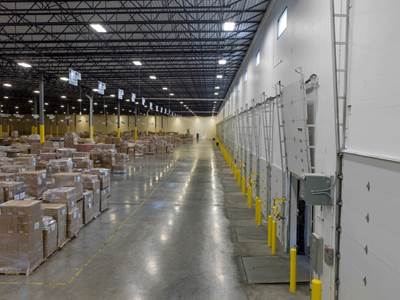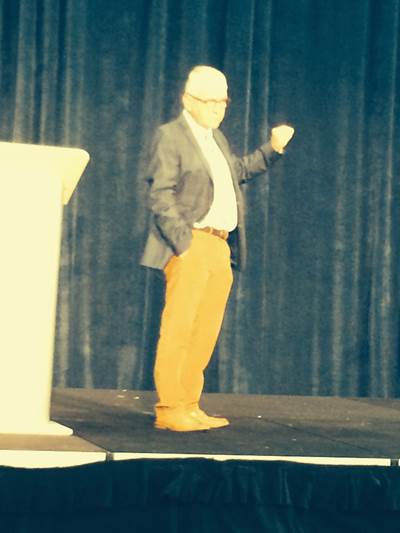Don’t Let Your New Strategy Succumb to Your Old Culture
A well-conceived strategy can help your company overcome many external challenges but there is one adversary it will fall to every time—an internal culture at cross purposes.
Share
U.S. Army Col. Fred Gellert shared that insight and others in a presentation that distilled some key leadership principles from his coursework as an instructor at the U.S. Army War College, where he is the director of force management studies. Speaking at SPI’s Equipment and Moldmakers Leadership Summit (Tucson, Ariz., Oct. 26-28), Gellert asked attendees to think about the environment into which they introduce a new strategic vision for a company.
“Culture eats strategy for lunch every time,” Gellert said. “You can have the best plans and the best strategy, but if the culture of the organization isn't right, none of that is going to matter over the long term because the existing culture will slowly erode away what you're trying to do.”
Companies interested in changing their culture, particularly as a means to support a new strategy, should consider what Gellert called embedding mechanisms and reinforcing mechanisms. The former involves who and what you promote in your leadership role, while the latter deals with processes that support those goals.
“Embedding is the most important,” Gellert noted. “What culture are you putting into the organization?” It’s also important to understand that cultures within a company aren’t typically monolithic, with potential sub cultures impacting strategy in different ways. How does manufacturing interact with sales and sales interact with accounting, for example. Do they represent distinct cultures within the greater company? “Do the manufacturing guys think like the sales people or like the budget people,” Gellert asked. “How connected are they as an organization?”
The title of the presentation was “Leading and Managing Change in a VUCA World,” wherein VUCA, which was coined in the military, stands for volatility, uncertainty, complexity and ambiguity. With his students, Gellert stresses the ongoing battle that is management, a concept that can be difficult to understand.
“The solutions of today, cause the problems of tomorrow,” Gellert said. “When we solve something today, almost invariably it sets us up for the problems of tomorrow. Managers want to knock down the target, they want to solve the problem, but the complexity of this is tough.”
Assessing those problems requires intelligence and data gathering, which poses its own obstacles. “Ambiguity….we get all kinds of intelligence, but what does it mean; what connects to what; what is the right interpretation; and what direction should we head to go in?”
Gellert simplified the concept of strategic intelligence into three keys; get the information, make the correct interpretation, and, most importantly, believe the information. “History is replete with examples where we had the information but didn't believe the interpretation,” Gellert said.
Finally, Gellert told attendees to push their companies to not only be proactive to their environment but take a hand in creating an environment that supports your goals.
“Shaping the environment is at least as important as responding to it,” Gellert said. “Try to put some focus into how you get ahead of things,” he explained, adding that companies should ask what parts of their organization don’t have to be as worried about today and can try to look forward. “When the future is unclear, invest in leader development, intelligence and a reserve.”

Read Next
Mission Statements Vs. Business Plans
A hotel conference room, management brainstorming and a new mission statement do not a strategic business plan make.
Read More















.png;maxWidth=300;quality=90)




